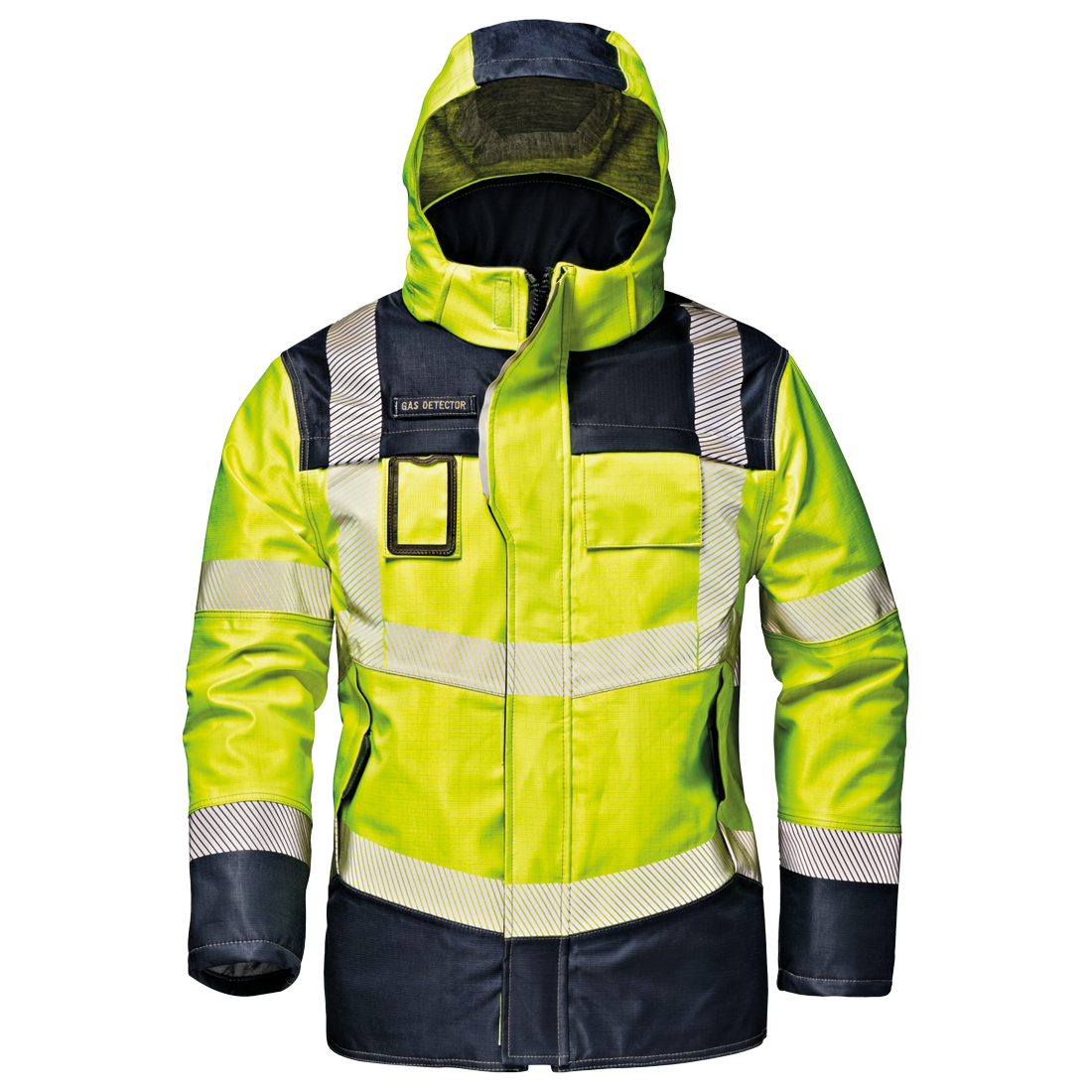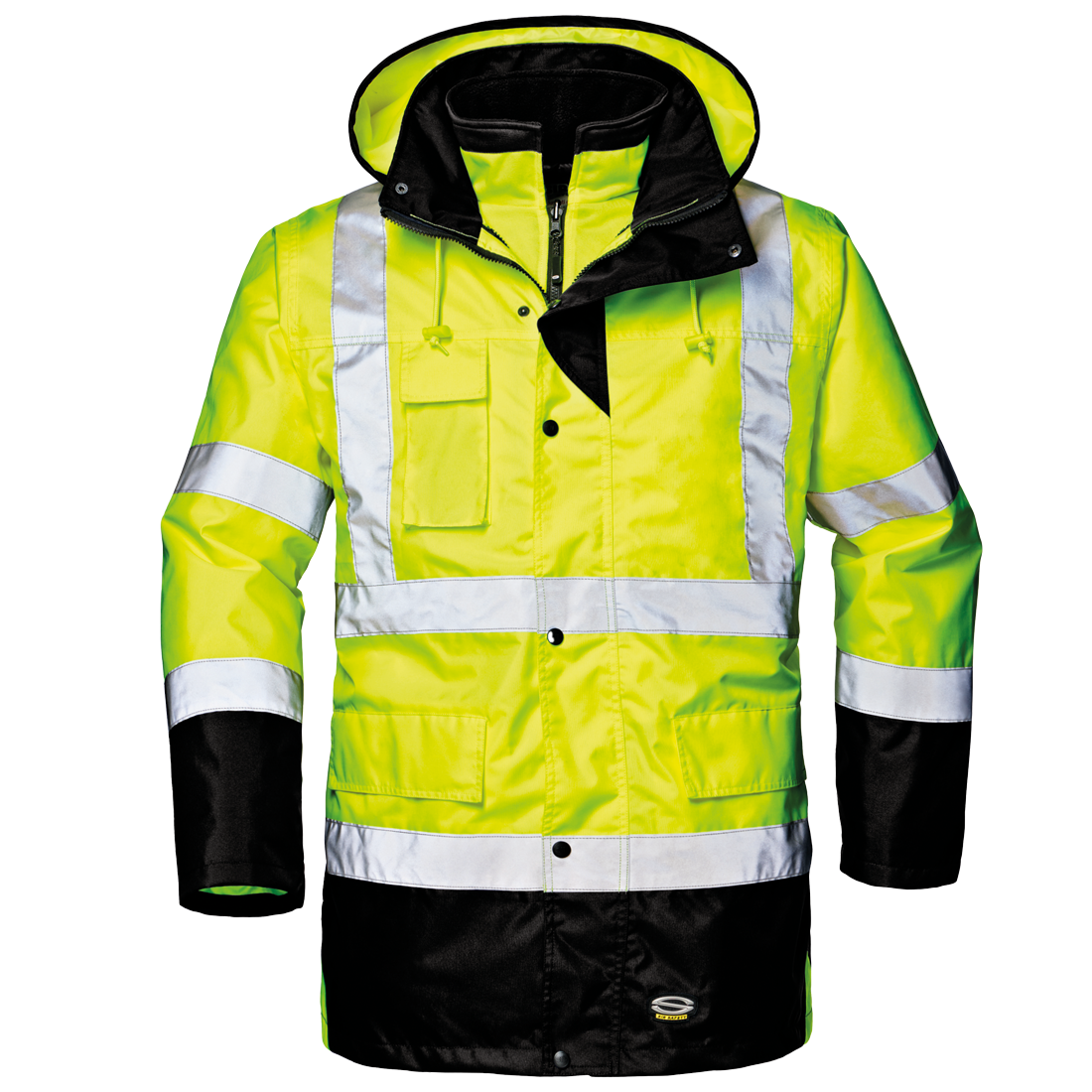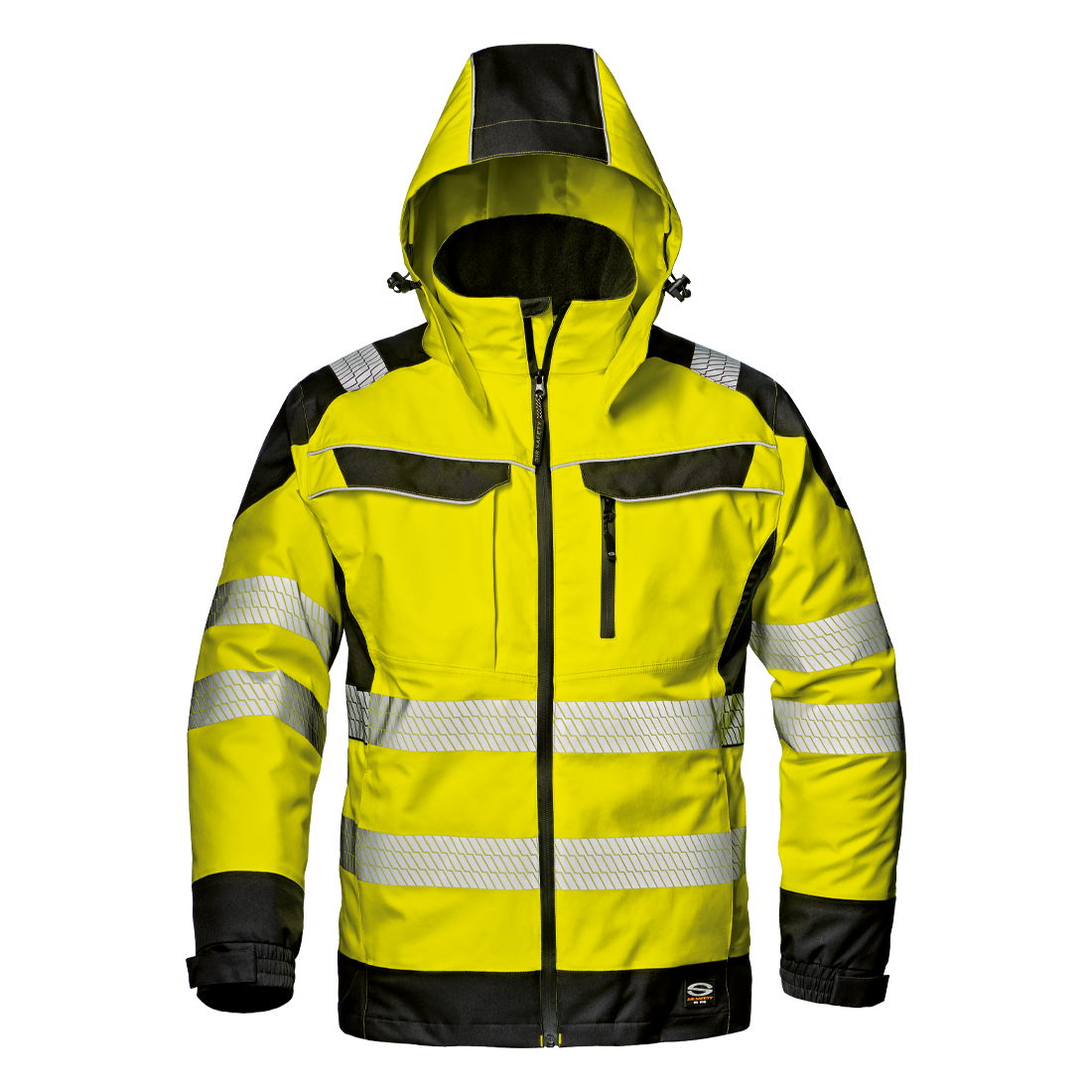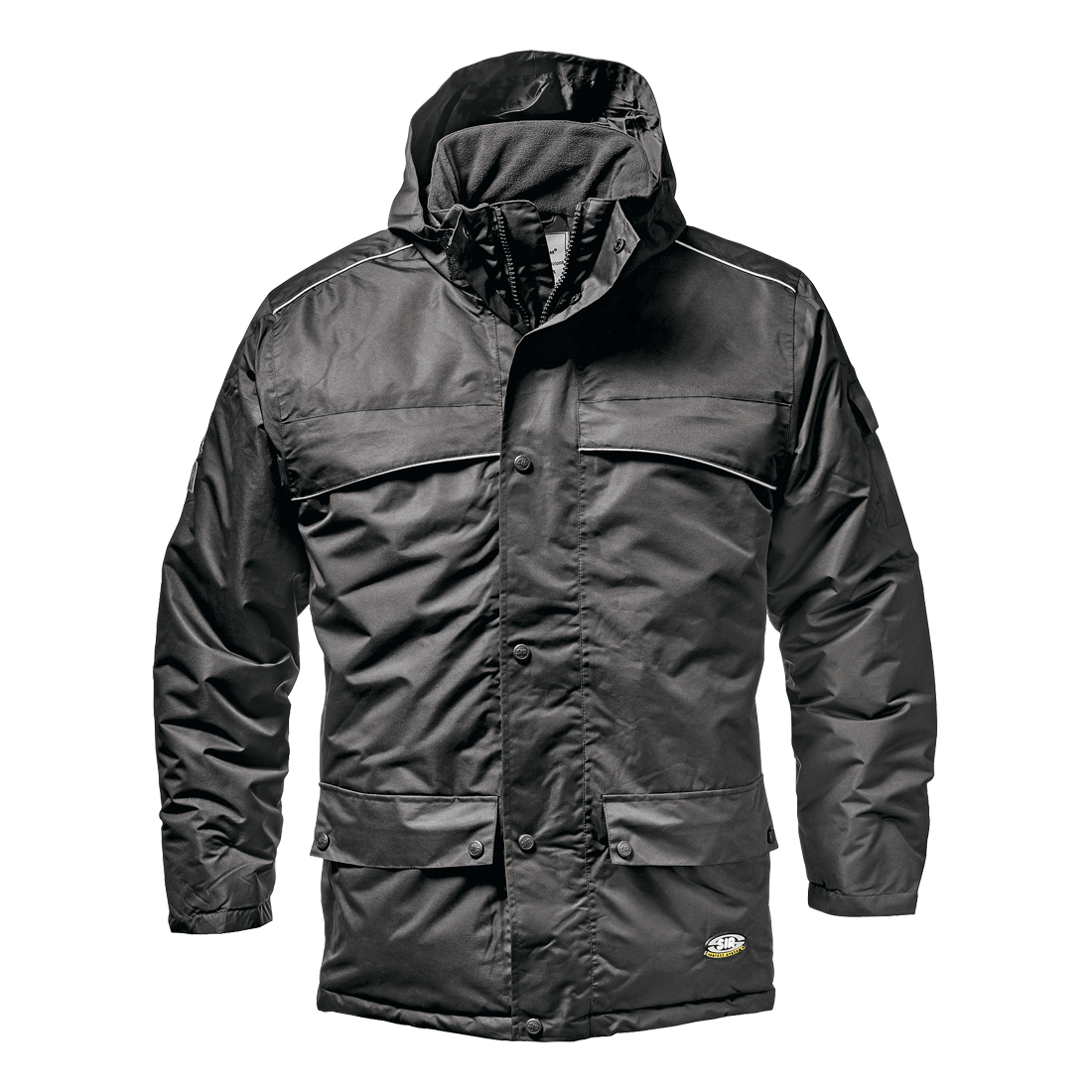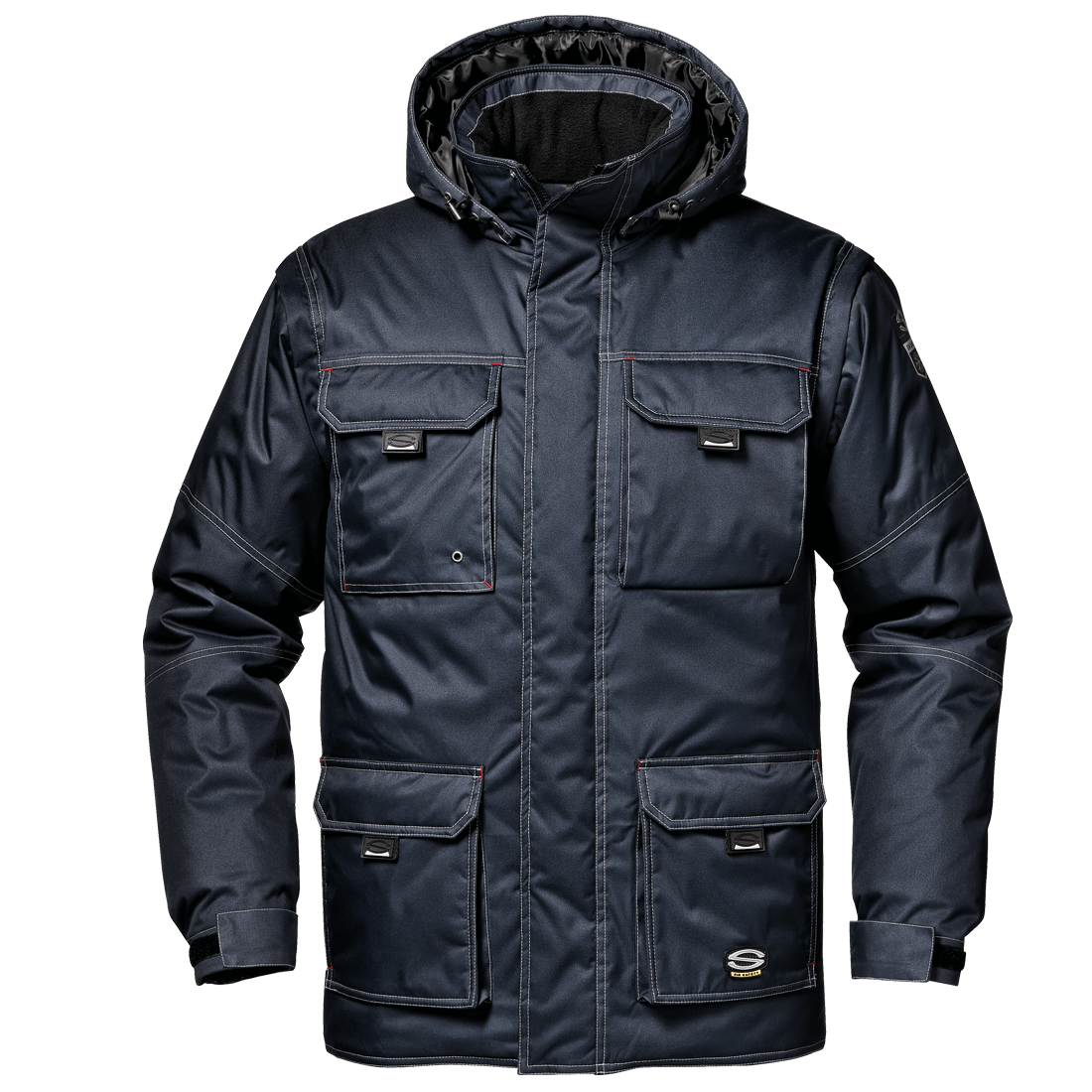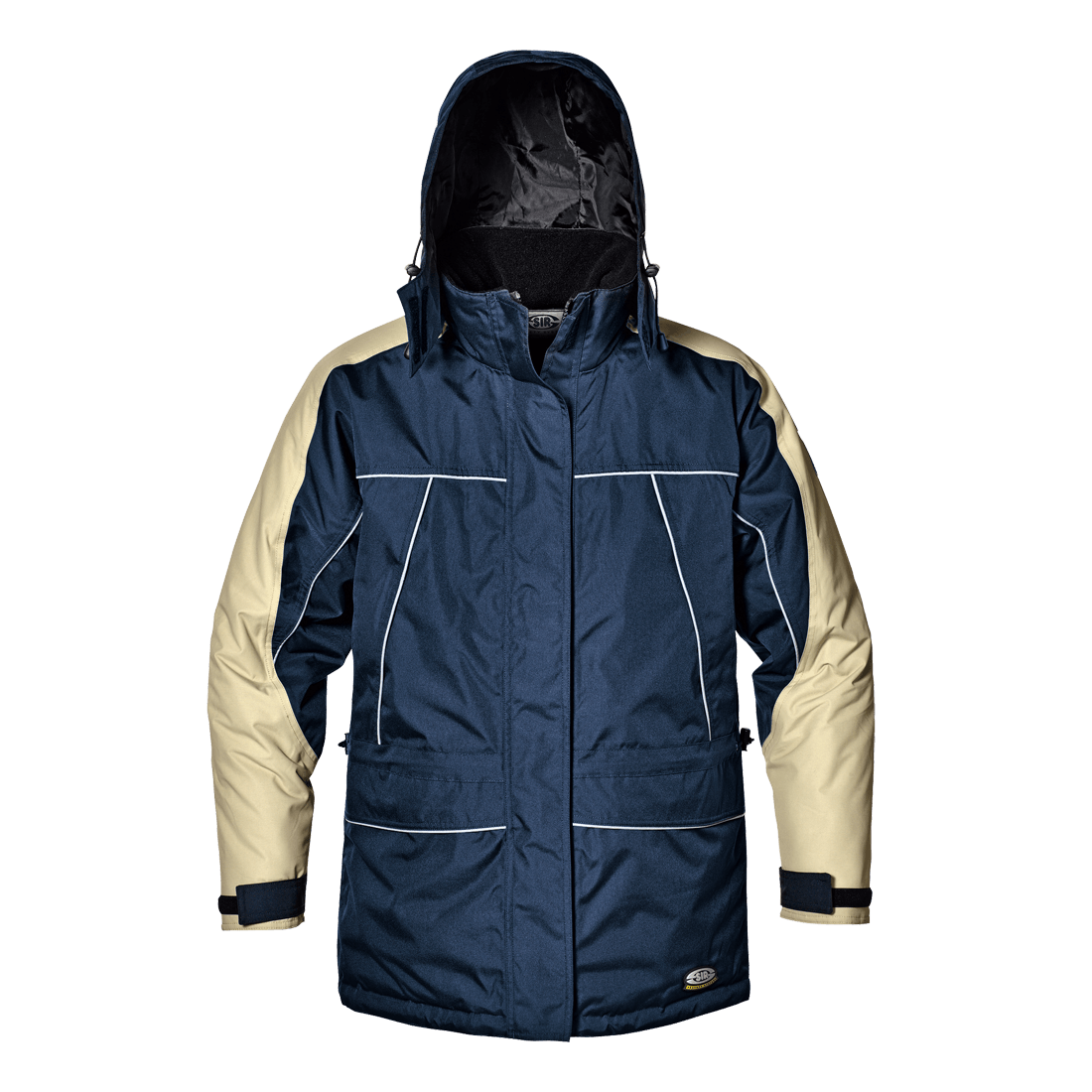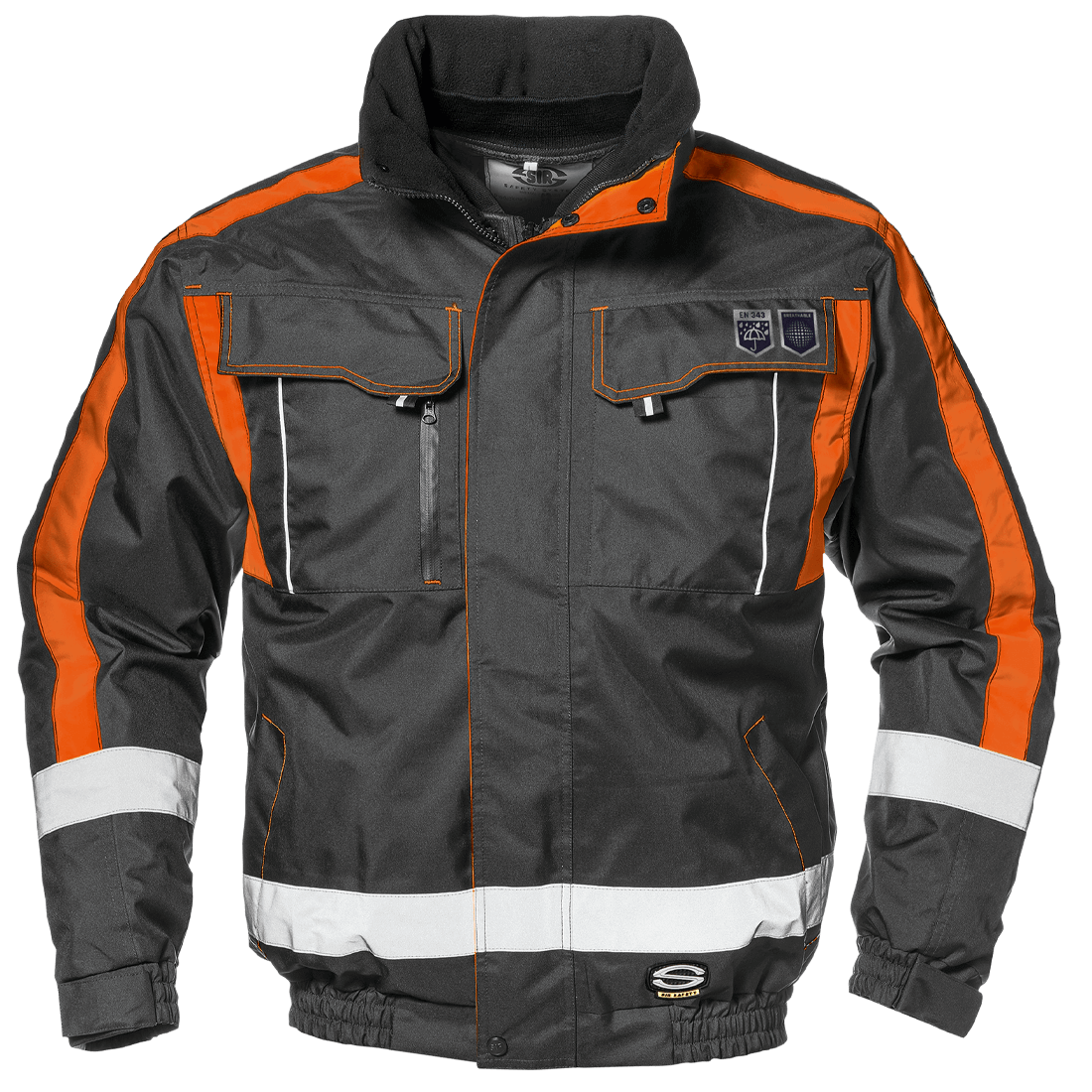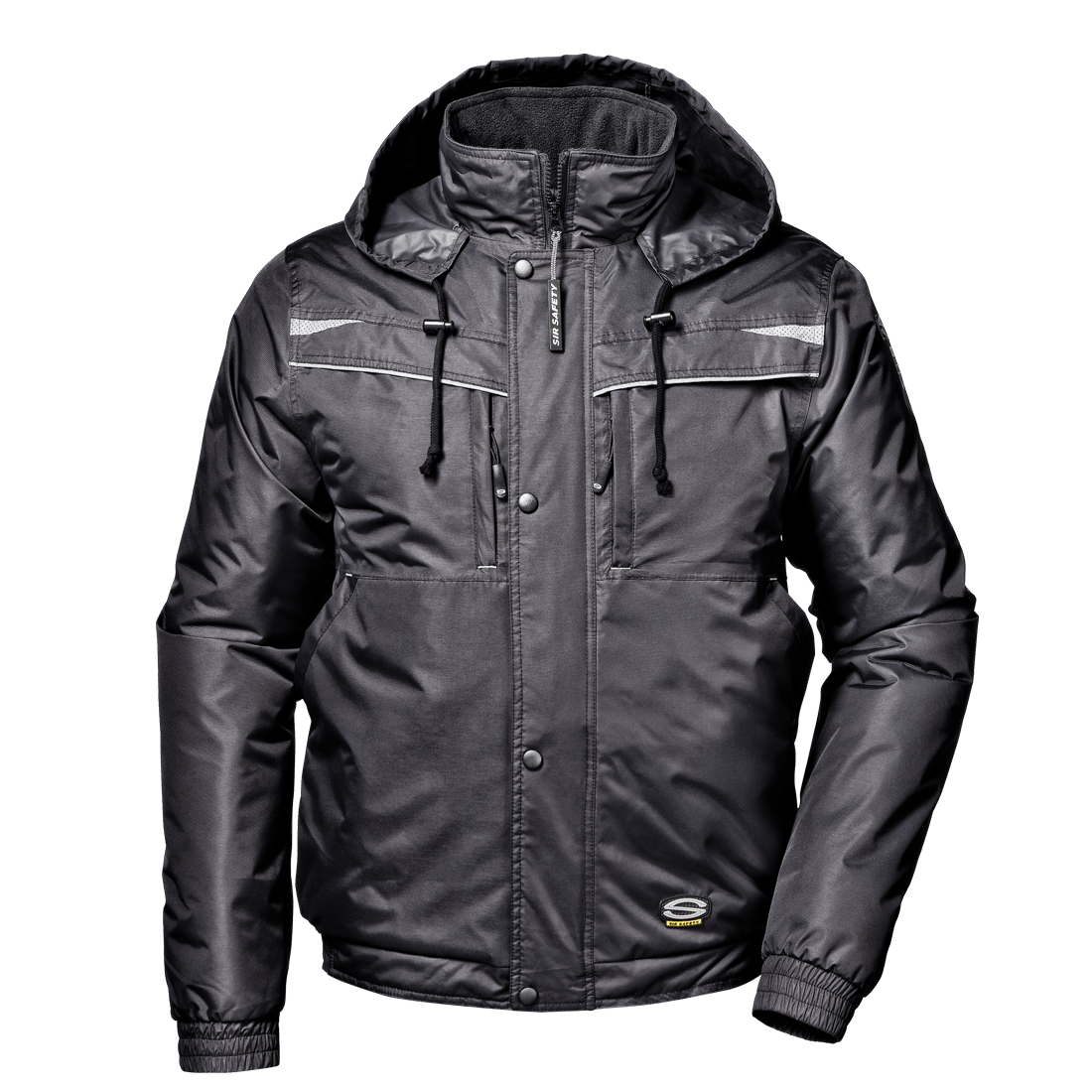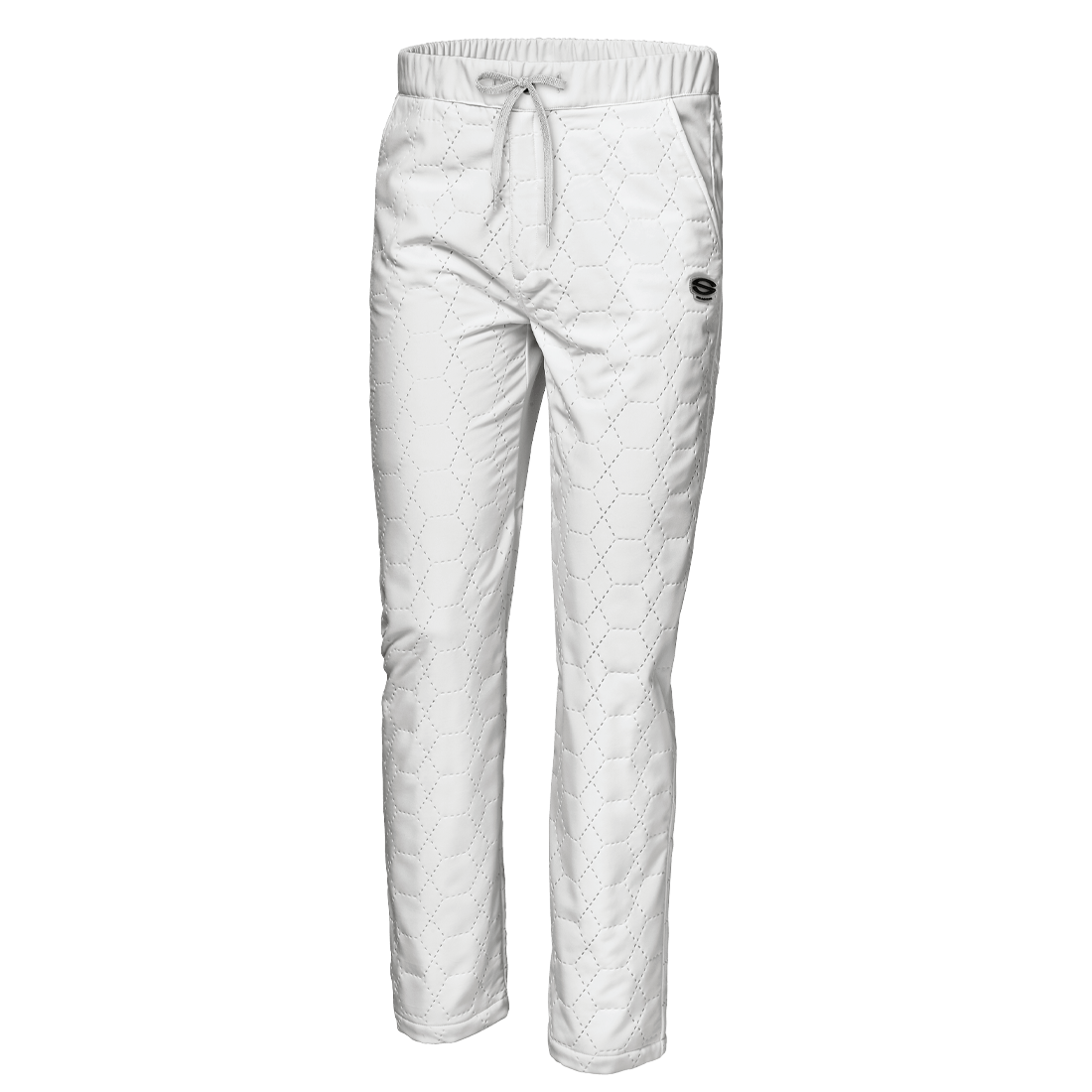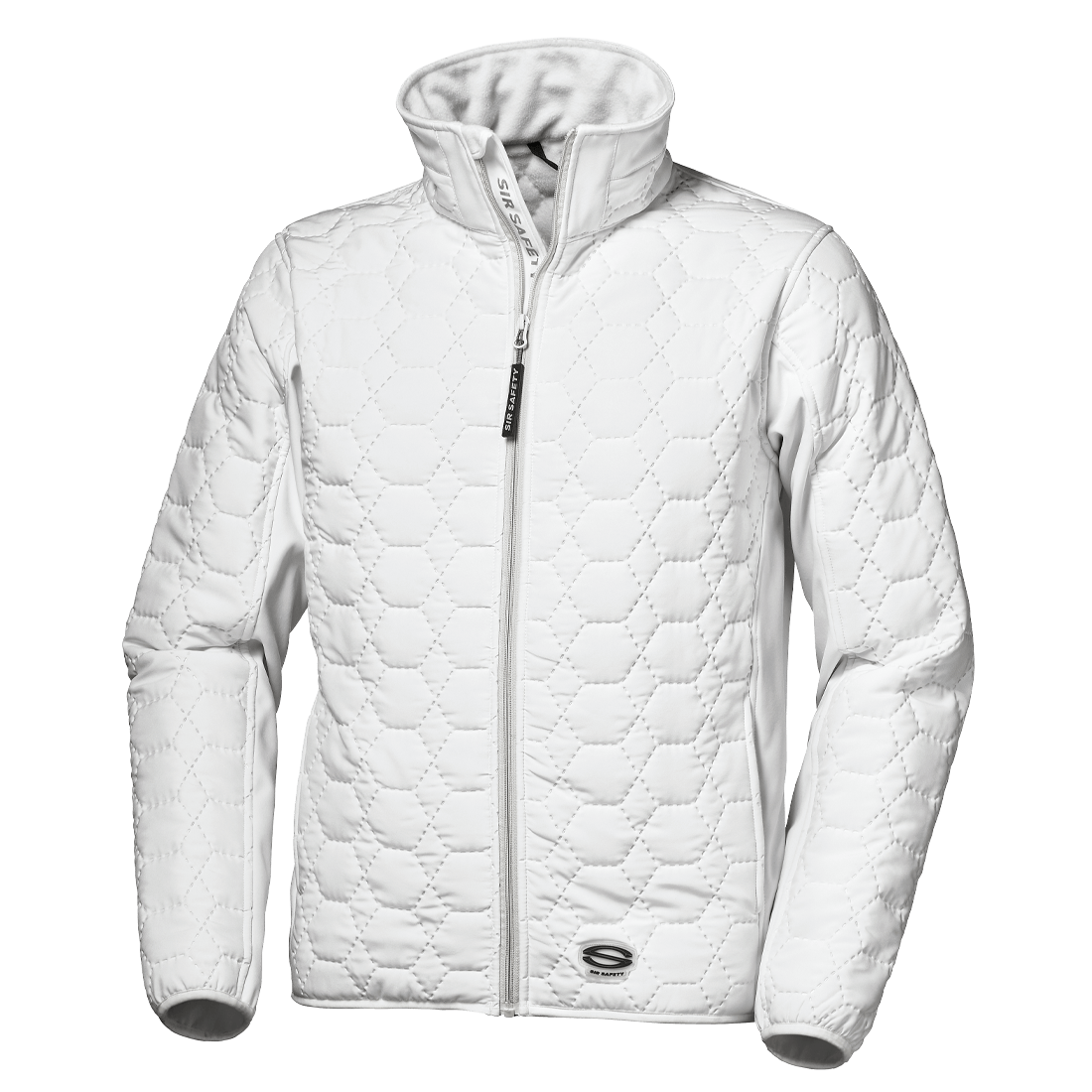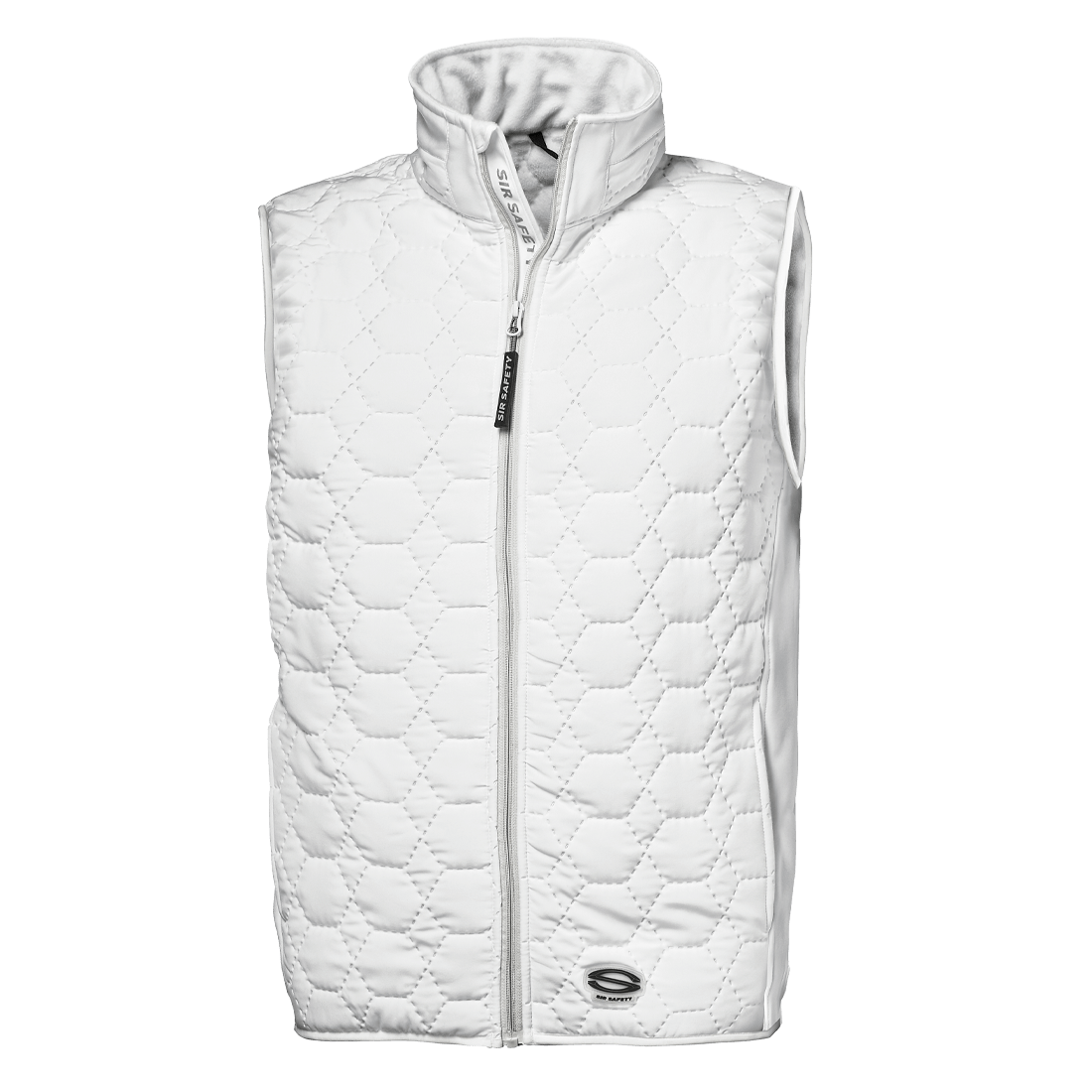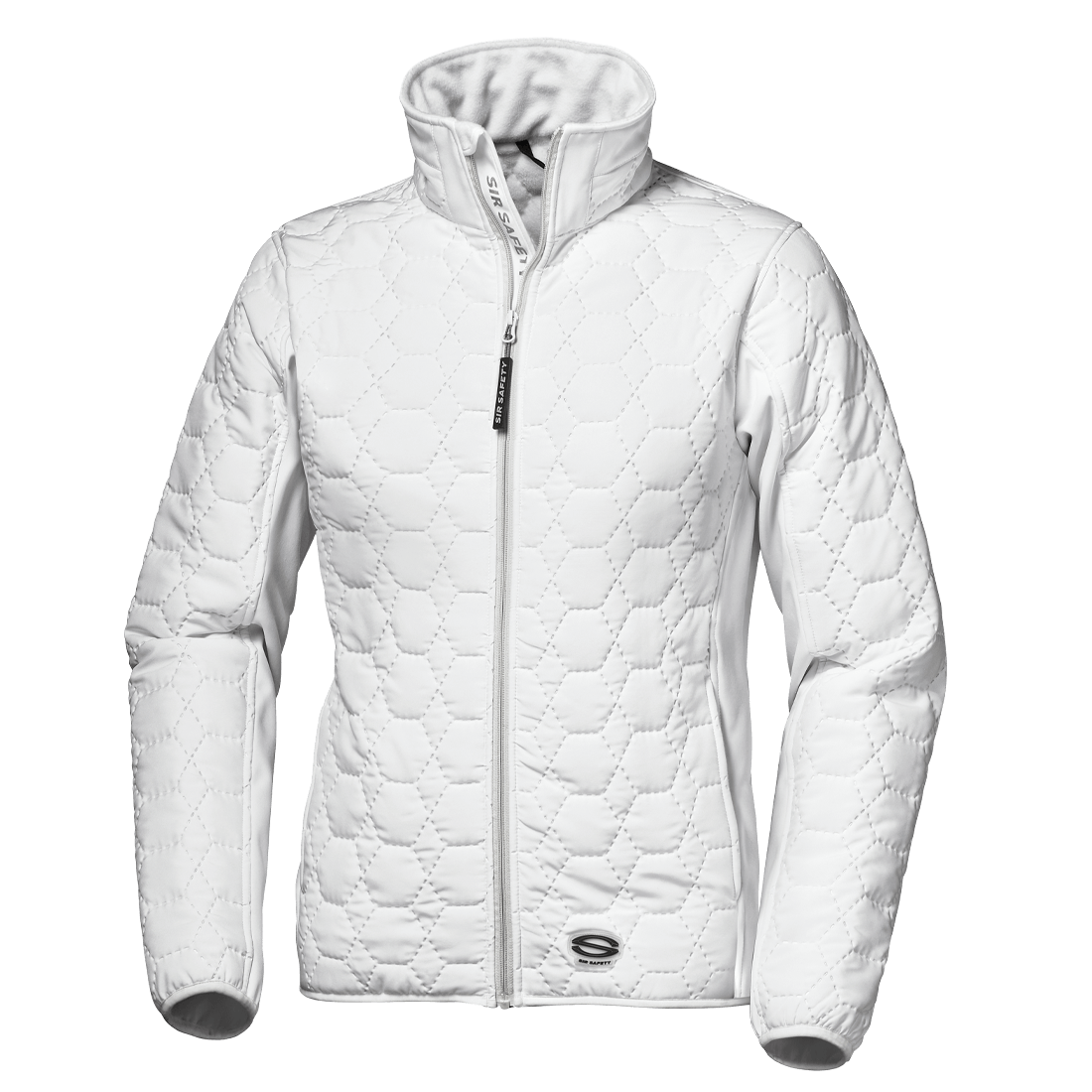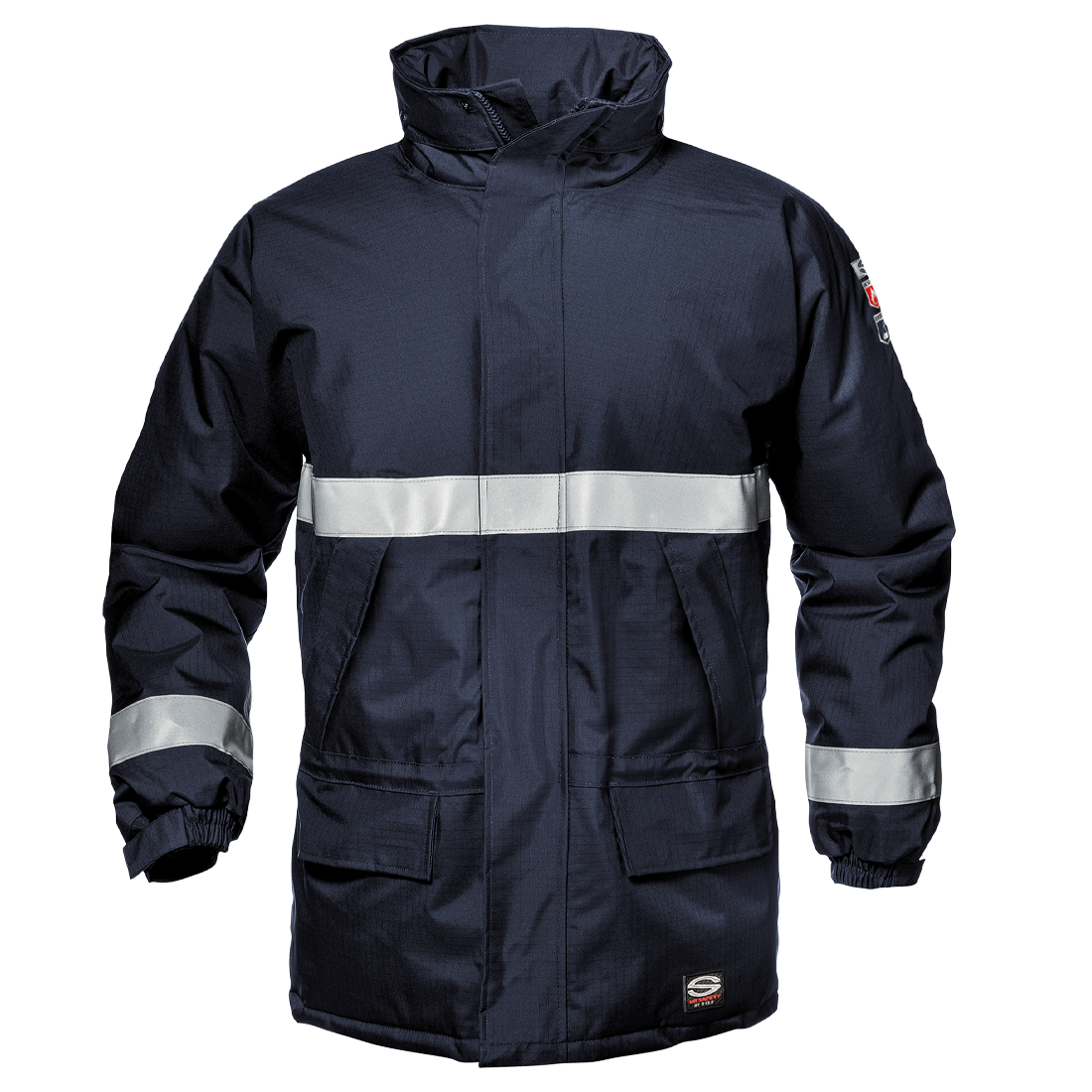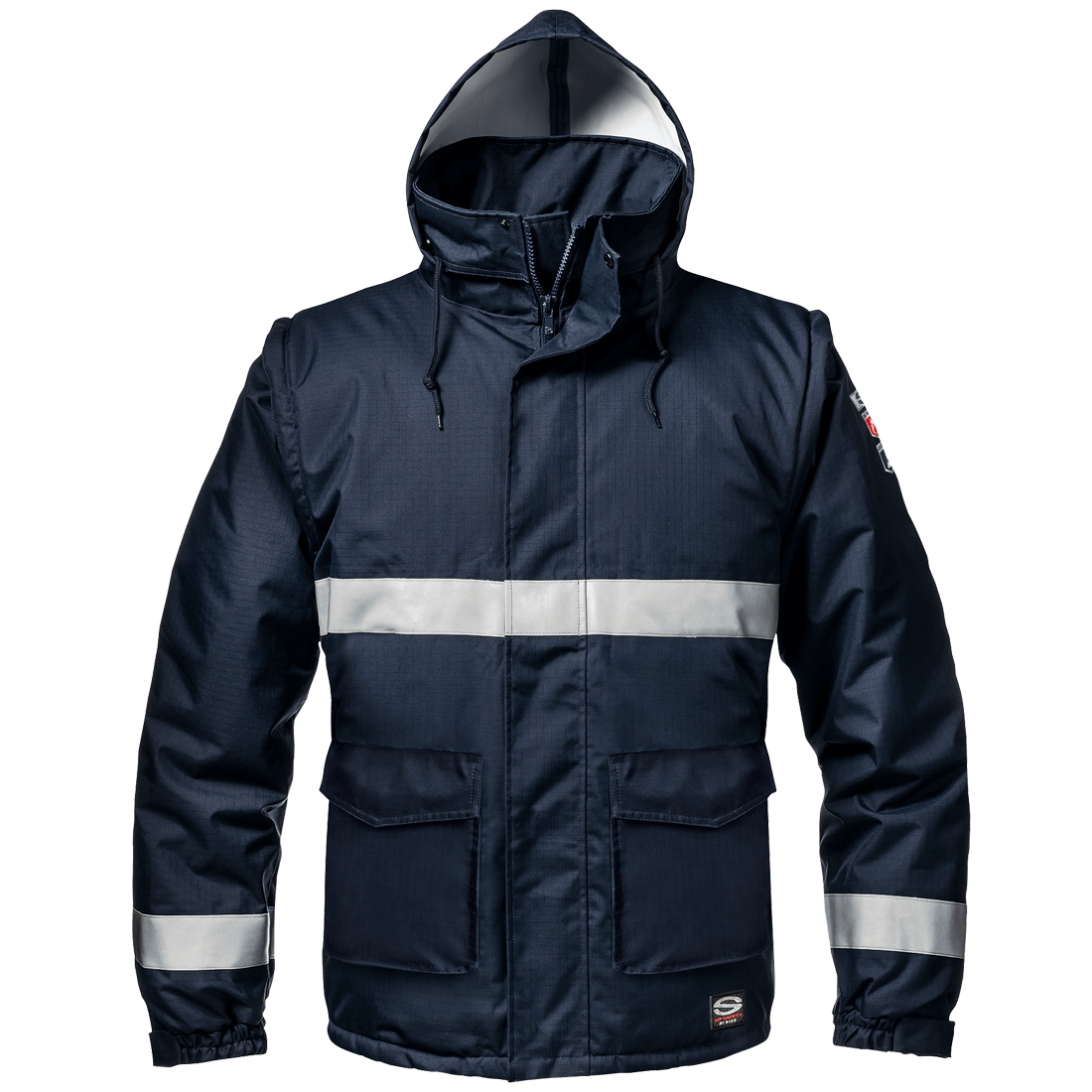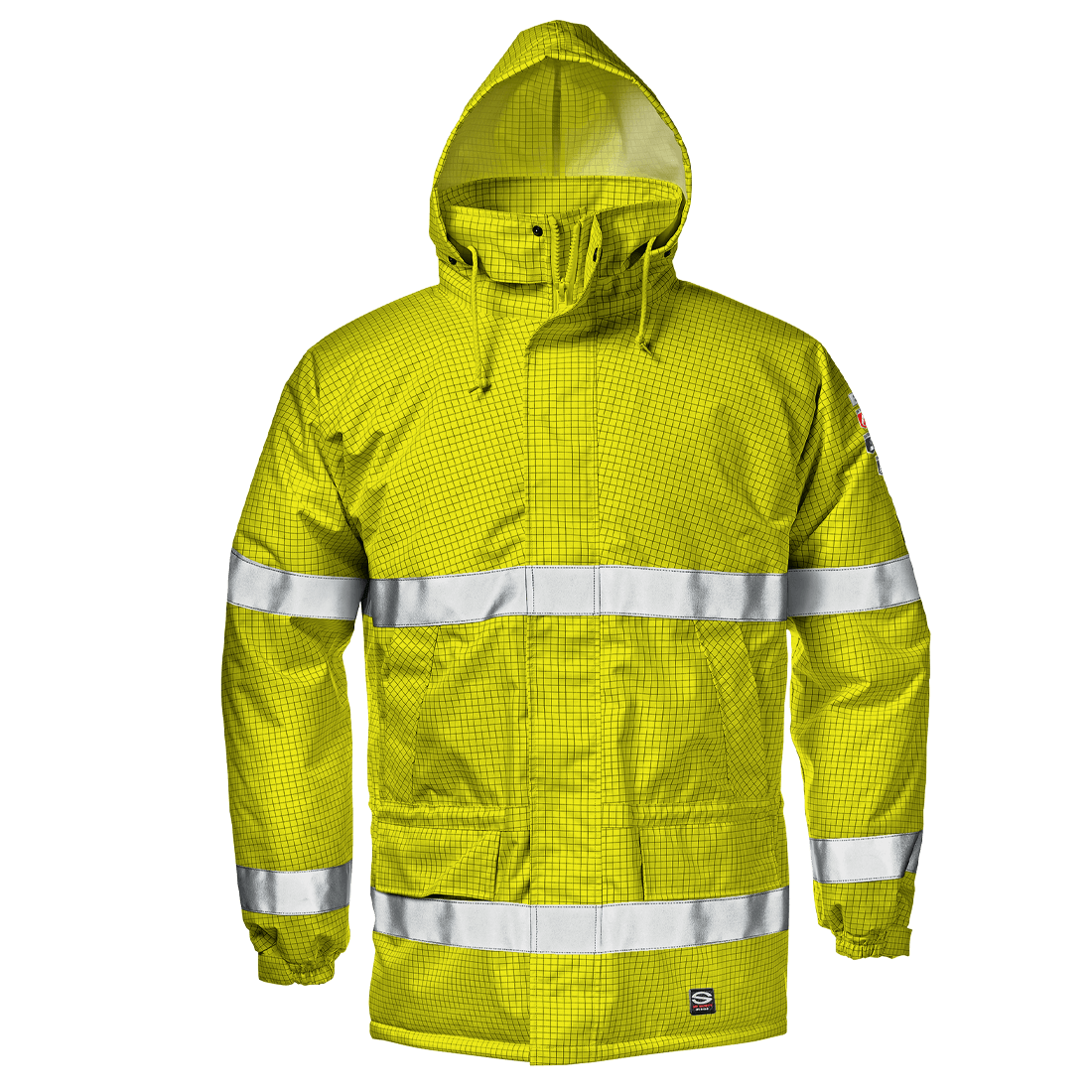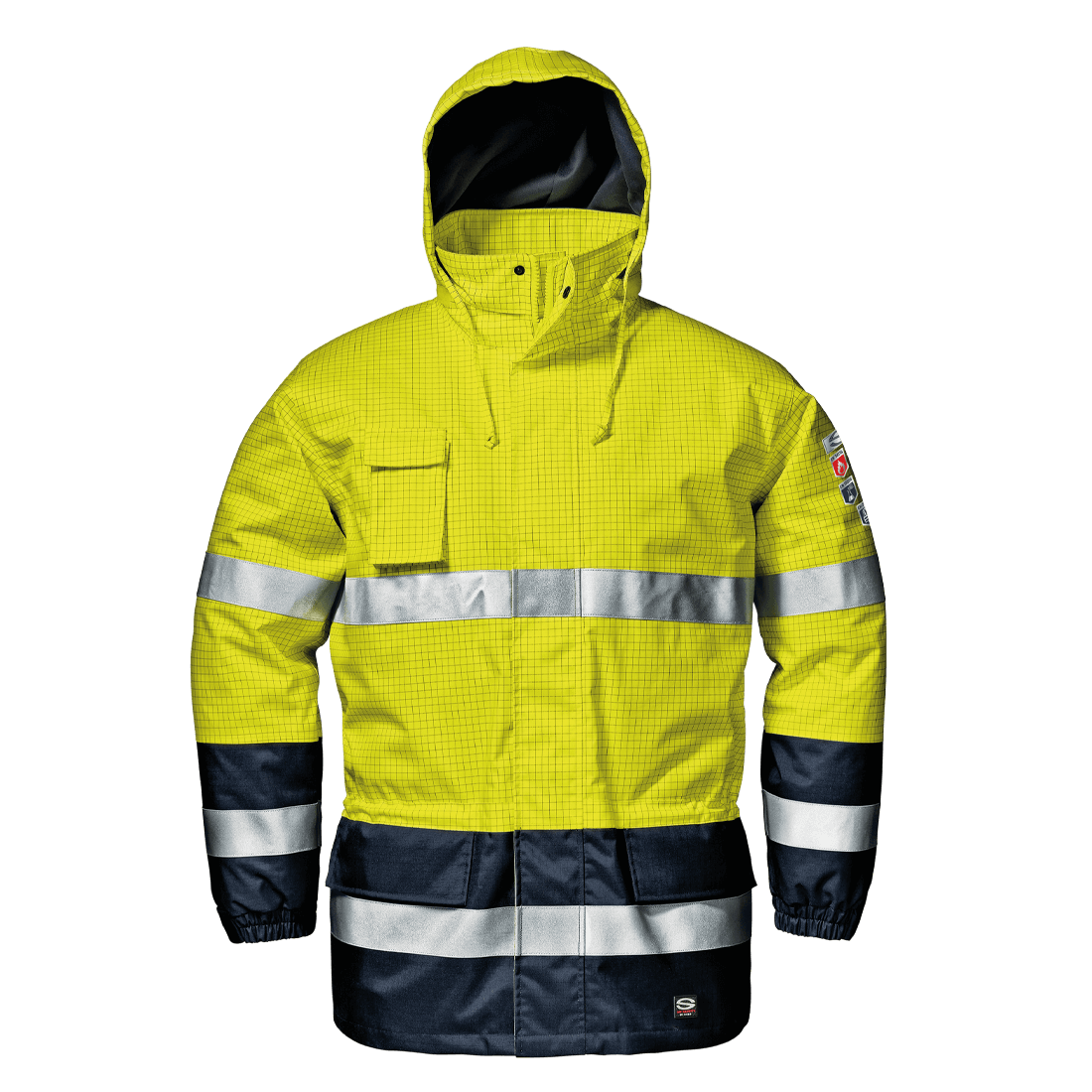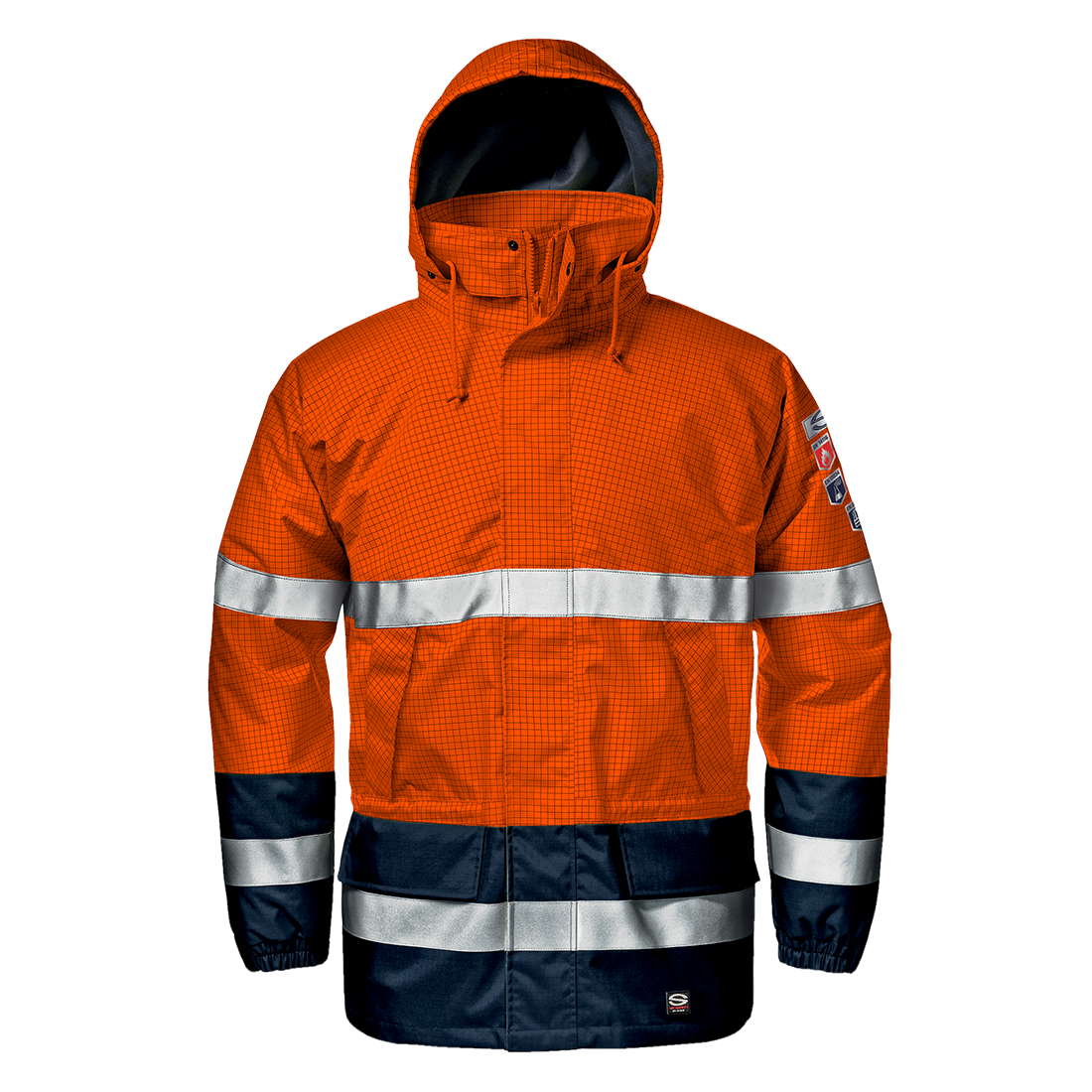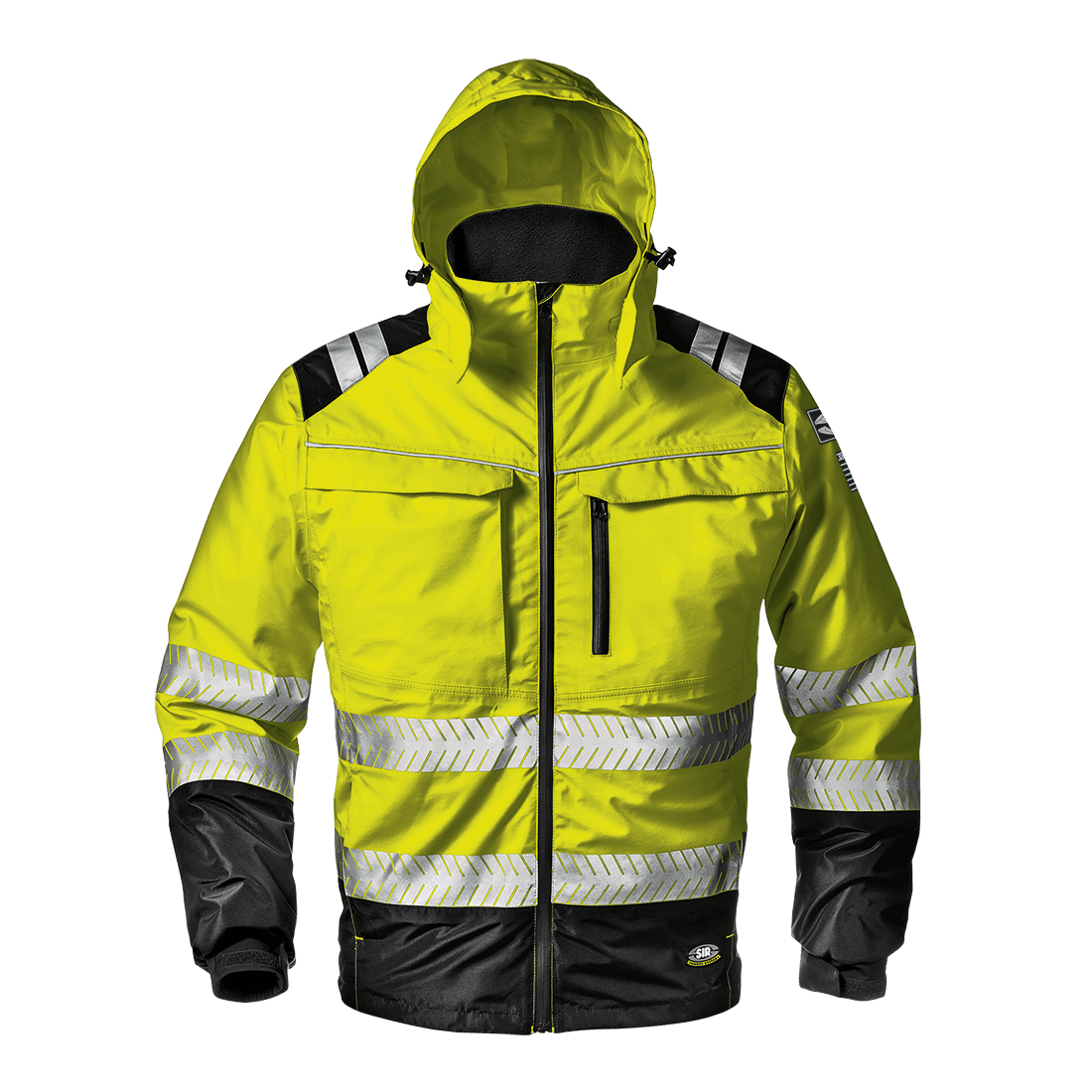The EN 14058 standard specifies the requirements and test methods for the performance of garments for protection against the effects of cool environments with temperatures as low as -5°C. These effects comprise not only low air temperatures, but also humidity and air velocity.
Tested for:
Heat resistance (Rct): this is measured on all the layers of the fabric and indicates the amount of dry heat that can pass through it. It consists of 3 classes. The higher the class, the better the thermal insulation.
Thermal Insulation Rct in m2K/W
Class 1 0.06 < Rct < 0.12
Class 2 0.12 < Rct < 0.18
Class 3 0.18 < Rct < 0.25
With a value higher than 0.25, the standard EN 342 is applied.
Air permeability (AP): the permeability of the fabric is measured and divided into 3 classes, with 3 meaning maximum protection. This value is optional. When present, it is written under the value Rct.
Water impermeability (WP): this regards the water tightness of the fabric and of the seams classified in two classes.
Water resistance in Pa
Class 1 8000 < WP < 13000
Class 2 WP > 13000
This value is optional. If present, it must also determine the aqueous vapour transmission coefficient that must not be higher than 55.
Thermal insulation: this optional test can be conducted in two ways: with a mannequin in motion (Icler) or with a static mannequin (Icle). If a garment has not undergone all of the tests, an X is applied in place of the value.
EN 14058

Products for this standard


